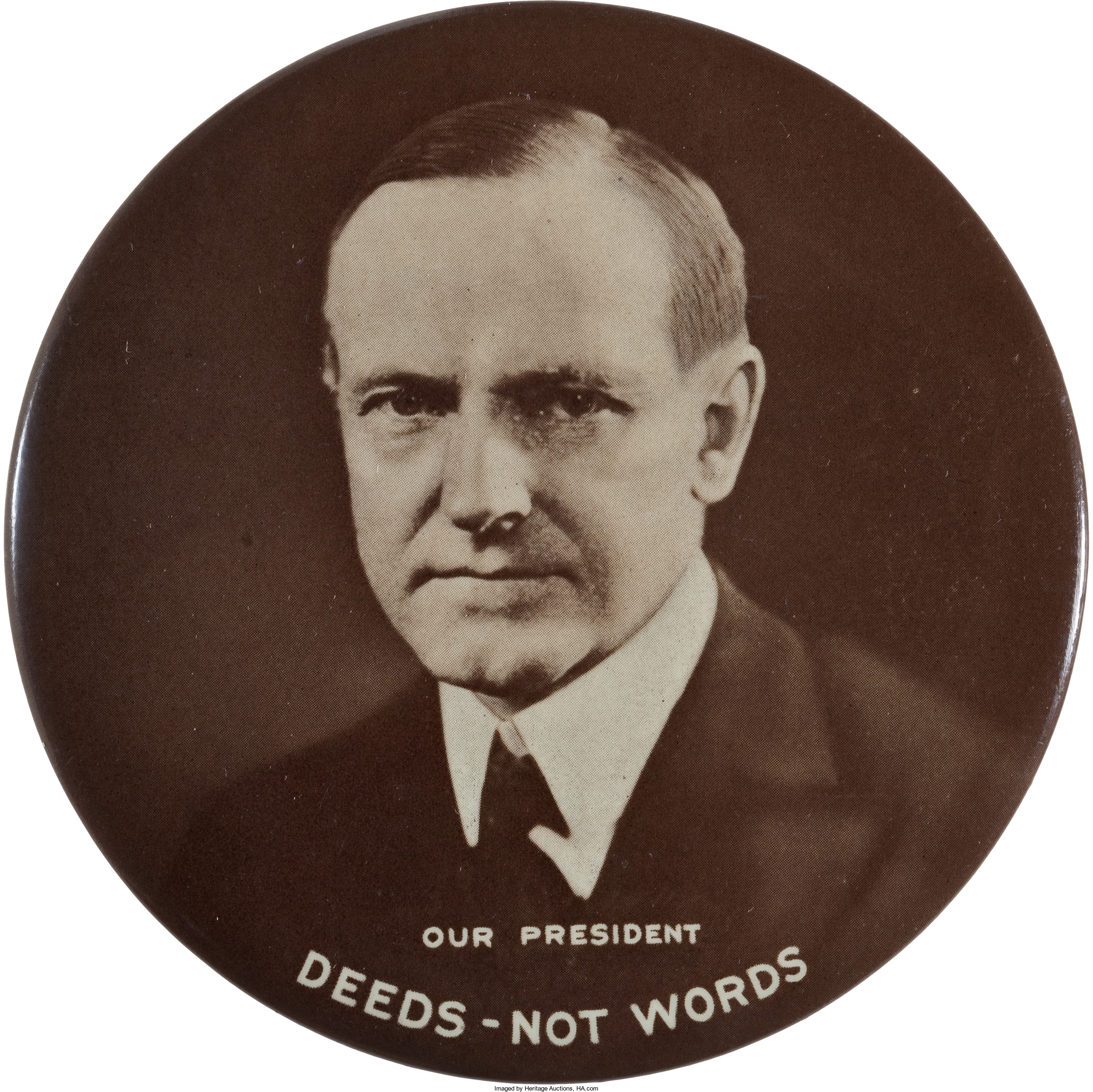
By Jim O’Neal
In 1924, incumbent President Calvin Coolidge (R) squared off against Democrat John W. Davis. As vice president, Coolidge assumed the presidency as a result of Warren G. Harding’s odd death in 1920 and voters were still trying to assess this quiet, taciturn man born on July 4 in Plymouth Notch, Vt. He favored U.S. participation in the World Court, but opposed any involvement in the League of Nations.
Although in opposing parties, Coolidge and Davis shared similar conservative views on the role of the federal government: lower taxes, less regulation and a small, focused agenda (some things never change … just the individuals espousing them).
In fact, their views were so similar that historians call this election “the high water mark of American conservatism.”
Naturally, this didn’t sit well with Liberal Progressives, so they formed a new Progressive Party (it only lasted for one election) and then ratified the nomination of Wisconsin Senator Robert M. La Follette for president.
Although La Follette represented this minor third party, he managed to snag 4.8 million votes and 13 electoral votes … probably just as well since he died several months after the election of heart disease (a common malady for men of this era).
The third party divided the Democratic Party rather badly and allowed President Coolidge to keep his job.
Coolidge’s vice president, Charles G. Dawes, had written the music in 1911 for a tune which eventually became a big hit in 1958 for Tommy Edwards. “It’s All in the Game” is the only number one hit co-written by a VP.
The election of 1924 was also the first presidential election in which all American Indians were recognized as citizens and allowed to vote.
 Intelligent Collector blogger JIM O’NEAL is an avid collector and history buff. He is President and CEO of Frito-Lay International [retired] and earlier served as Chairman and CEO of PepsiCo Restaurants International [KFC Pizza Hut and Taco Bell].
Intelligent Collector blogger JIM O’NEAL is an avid collector and history buff. He is President and CEO of Frito-Lay International [retired] and earlier served as Chairman and CEO of PepsiCo Restaurants International [KFC Pizza Hut and Taco Bell].
